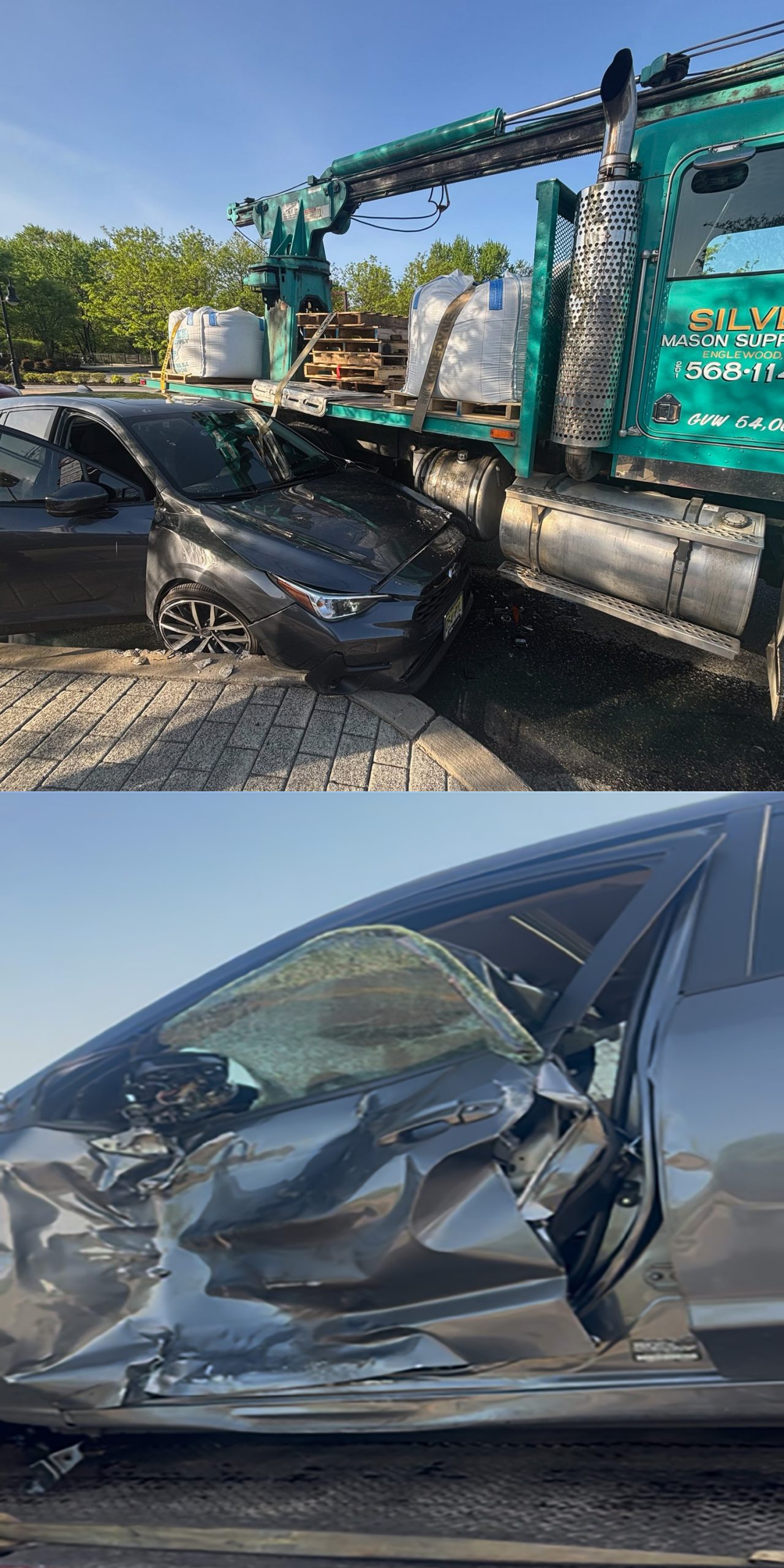Blind Spots on Trucks: How Dur-A-Guard Enhances Safety
Every year, over 260 lives are lost in the U.S. due to collisions involving large trucks and smaller vehicles. One major cause? Dangerous gaps beneath trailers where pedestrians, cyclists, and cars can become trapped. Traditional safety measures often fall short, especially in side-impact crashes. Dur-A-Guard tackles this problem head-on. Engineered to bridge the exposed space between wheels, it prevents underride accidents by creating a protective barrier. Unlike standard guards, this solution meets rigorous safety standards while adapting to modern truck designs. Both drivers and fleet operators play a role in reducing risks. While technology like Dur-A-Guard is critical, awareness of a truck’s four major no-zones—especially near wheel wells—is equally vital. Combining advanced equipment with educated driving habits saves lives. Key Takeaways Underride accidents cause hundreds of fatalities annually in the U.S. Dur-A-Guard fills hazardous gaps between truck wheels. Side and corner collisions remain high-risk without proper protection. Federal guidelines now recommend stronger underride solutions. Safety requires both upgraded equipment and driver training. Understanding Blind Spots on Trucks Heavy trucks have unique visibility issues due to their size and design. Unlike passenger cars, their massive frames create zones where drivers can’t see nearby vehicles. These hidden areas pose serious risks on busy roads. Why Big Rigs Have More Hidden Areas Truck cabs sit high above the ground, while trailers stretch up to 75 feet long. This creates a height-length imbalance that blocks views of nearby cars. Side mirrors help, but they can’t cover all angles. Here’s how truck visibility compares to cars: Feature Passenger Car Tractor-Trailer Front View Clear visibility 20-foot hidden zone Side Coverage Full mirror range Partial lane visibility Rear View Direct line of sight 200-foot blind area Critical Danger Zones Around Trucks Four key areas around big rigs require extra caution: Front Zone: Stay back 20 feet—about one car length. Merging too close here causes 18% of truck-car crashes. Right Side: The largest hidden area spans two lanes. “If you can’t see the driver’s face in their mirror, you’re invisible to them,” notes the FMCSA. Left Side: While smaller, trailer sway can suddenly expand this danger zone. Rear Zone: Never tailgate—trucks need 200 feet to stop safely. “A fully loaded semi takes 40% longer to brake than a car. Those extra feet in the no-zone could mean life or death.” National Safety Council Understanding these limitations helps all drivers share the road safely. Smart positioning and patience prevent most truck-related accidents. The Deadly Gap: How Unprotected Wheel Wells Endanger Lives Rear-wheel zones on trucks claim hundreds of lives annually. NHTSA reports 200–300 U.S. fatalities each year from underride accidents—many involving pedestrians or cyclists dragged beneath trailers. These tragedies often occur at intersections, where turning maneuvers crush victims hidden from the driver’s view. Pedestrian and Cyclist Risks in High-Clearance Trucks High ground clearance—often 3+ feet—creates lethal gaps. A Harvard study found 78% of truck-cyclist collisions in urban areas resulted in fatalities. Victims frequently land near the front axle, invisible to drivers seated 8 feet above the road. Intersection dangers: 62% of accidents begin with impacts to the truck’s front-right corner. Survival rates: Underride collisions at 30 mph have a 92% fatality rate for cyclists. Night risks: Low-light conditions triple incident rates at loading zones. Why Rear-Wheel Areas Are Especially Hazardous Rear wheels pose unique crushing risks during turns. A truck’s wide turning radius sweeps the rear wheels outward, trapping anything—or anyone—too close. Debris accumulation (e.g., snow, mud) worsens visibility gaps. “EU standards mandate wheel well guards, but U.S. regulations lag. This gap costs lives daily.” Transportation Safety Alliance Smaller vehicles fare no better. Passenger cars striking a truck’s side at 35 mph have a 40% chance of sliding beneath the trailer. Solutions like Dur-A-Guard bridge these gaps, but awareness remains critical. Dur-A-Guard: Filling the Safety Gap Between Wheels Innovative safety solutions are transforming how commercial vehicles protect vulnerable road users. Dur-A-Guard addresses a critical flaw in traditional designs—the exposed space between wheels where underride accidents occur. By creating a robust barrier, it reduces fatal collision risks by 73%, as proven in NHTSA tests. How Protective Guards Prevent Under-Truck Accidents Standard guards often fail in side impacts, but Dur-A-Guard meets FMVSS 223/224 crash standards. Its 14-inch minimum coverage blocks entry into hazardous areas. The system also doubles as a visual alert with reflective stripes, enhancing nighttime visibility. High-strength polymer composites absorb impact energy better than metal. Unlike rigid alternatives, these materials flex without cracking, reducing maintenance costs by 40%. Fleet operators report fewer accidents after retrofitting, with one case showing a 58% drop in incidents. Engineering for Visibility and Durability Dur-A-Guard’s modular design fits varied truck types, from box trailers to tankers. Third-party tests confirm it withstands 15,000-pound impacts—critical for high-traffic roads. Retrofitting takes under two hours, minimizing downtime for existing fleets. “Germany’s 60% fatality reduction proves wheel well guards work. Dur-A-Guard brings that same protection to U.S. roads.” […]
Learn More















